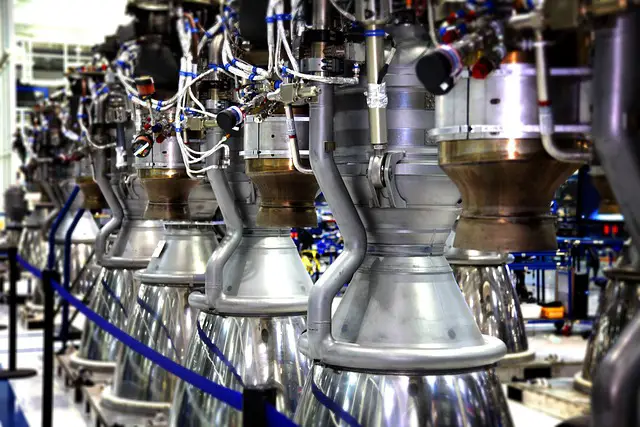In the fast-paced world of technological advancement, the successful implementation of cutting-edge solutions relies heavily on accurate assessments of technology readiness levels (TRLs). TRLs serve as a crucial tool for gauging the maturity and feasibility of emerging technologies. However, like any system, the application of TRLs comes with its own set of challenges that can significantly impact the development process.
Understanding Technology Readiness Levels
Before delving into the challenges, it’s essential to grasp the concept of Technology Readiness Levels. Developed by NASA in the 1970s, TRLs are a systematic metric used to evaluate the maturity of technologies during the research and development phases. Ranging from TRL 1 (basic principles observed) to TRL 9 (fully qualified and operational), these levels provide a framework for assessing the readiness of a technology for integration into larger systems.
Definition: Technology Readiness Levels (TRL) are a method used to measure and assess the maturity of a particular technology. They allow engineers, managers and project personnel a consistent point of reference for figuring out how a technology is changing.
Webpage: Technology Readiness Levels (TRL)
Challenges in Implementing TRLs
- Subjectivity in Assessment: One of the primary challenges associated with TRLs is the inherent subjectivity in their assessment. Evaluating the maturity of a technology can be influenced by individual perspectives, leading to potential discrepancies in assigning TRL levels. Standardizing the evaluation process becomes crucial to ensure consistency across diverse projects and teams.
- Limited Predictive Power: TRLs offer a snapshot of a technology’s maturity at a specific point in time, but they may fall short in predicting future developments. A technology may progress rapidly or encounter unexpected setbacks, rendering its TRL an imperfect indicator of its future readiness. This limitation poses a challenge for decision-makers relying solely on TRL assessments for strategic planning.
- Dynamic Technological Landscape: The pace of technological innovation is relentless, and the dynamic nature of the technological landscape can render TRLs quickly outdated. Emerging technologies often evolve at an unprecedented rate, making it challenging for TRL assessments to keep up. Consequently, decision-makers may face difficulties in accurately predicting the trajectory of a technology and its integration timeline.
- Resource Intensiveness: The process of conducting thorough TRL assessments demands significant resources, including time, manpower, and financial investments. In fast-paced industries, where time-to-market is critical, the exhaustive nature of TRL evaluations can pose a challenge. Balancing the need for comprehensive assessments with the urgency of deployment becomes a delicate task for project managers.
- Communication Barriers: TRL assessments involve multiple stakeholders with varying levels of technical expertise. Communicating the implications of TRL levels to non-technical decision-makers can be challenging. Bridging the communication gap and ensuring that key decision-makers comprehend the significance of TRLs is essential for informed decision-making.
While Technology Readiness Levels have proven invaluable in guiding the development and integration of emerging technologies, challenges persist in their application. The subjectivity in assessments, limited predictive power, the dynamic technological landscape, resource intensiveness, and communication barriers are hurdles that developers and decision-makers must navigate. Despite these challenges, recognizing the role of TRLs as a tool – not an absolute determinant – in the development process is crucial. By addressing these challenges and refining the TRL assessment process, the tech industry can continue to harness the power of innovation for the benefit of society.
AcqTips:
- There are different definitions of Technology Readiness Levels, so make sure you follow the one specific to your program or R&D project.
- TRL scale was further canonized by the International Organization for Standardization (ISO) in 2013 with the publication of the ISO 16290:2013 Standard
- The European Space Agency (ESA) adopted the TRL scale in 2010
AcqLinks and References:
- [1] Defense Acquisition Guidebook (DAG) – Chapter 10
- [2] Technology Readiness Assessment Deskbook – Appendix C
- [3] GAO Technology Readiness Assessment Guide – Aug 2016
- NASA Technology Readiness Level Definitions
- ESA Technology Readiness Levels Handbook for Space Applications
- GAO Technology Readiness Assessment Guide – Jan 2020
- Technology Readiness Assessment Calculator
- Technology Readiness Assessment Instructions
- TRL Cheat Sheet
Update: 12/24/2023

